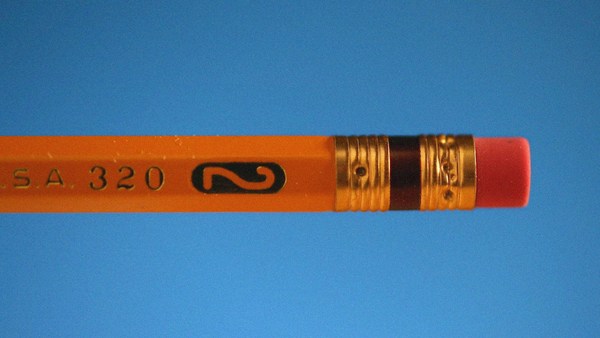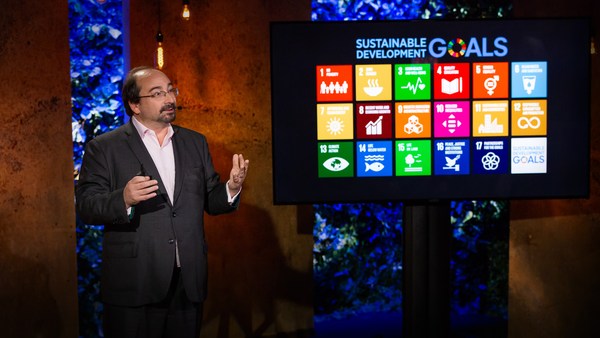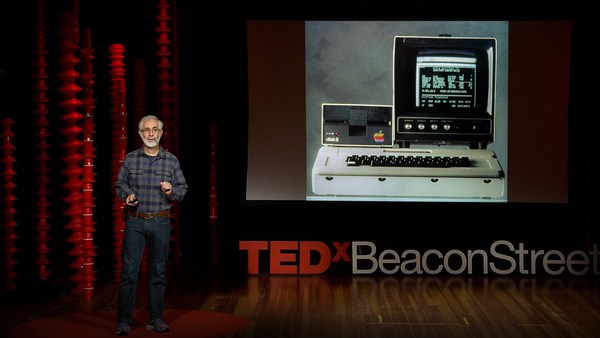How many people are bored at their desk for how many hours every day and how many days a week and how many weeks a year for how many years in their life?
[Small thing. Big idea.]
[Daniel Engber on the Progress Bar]
The progress bar is just an indicator on a computer that something's happening inside the device. The classic one that's been used for years is a horizontal bar. I mean, this goes back to pre-computer versions of this on ledgers, where people would fill in a horizontal bar from left to right to show how much of a task they had completed at a factory. This is just the same thing on a screen.
Something happened in the 70s that is sometimes referred to as "the software crisis," where suddenly, computers were getting more complicated more quickly than anyone had been prepared for, from a design perspective. People were using percent-done indicators in different ways. So you might have a graphical countdown clock, or they would have a line of asterisks that would fill out from left to right on a screen. But no one had done a systematic survey of these things and tried to figure out: How do they actually affect the user's experience of sitting at the computer?
This graduate student named Brad Myers, in 1985, decided he would study this. He found that it didn't really matter if the percent-done indicator was giving you the accurate percent done. What mattered was that it was there at all. Just seeing it there made people feel better, and that was the most surprising thing. He has all these ideas about what this thing could do. Maybe it could make people relax effectively. Maybe it would allow people to turn away from their machine and do something else of exactly the right duration. They would look and say, "Oh, the progress bar is half done. That took five minutes. So now I have five minutes to send this fax," or whatever people were doing in 1985. Both of those things are wrong. Like, when you see that progress bar, it sort of locks your attention in a tractor beam, and it turns the experience of waiting into this exciting narrative that you're seeing unfold in front of you: that somehow, this time you've spent waiting in frustration for the computer to do something, has been reconceptualized as: "Progress! Oh! Great stuff is happening!"
[Progress...]
But once you start thinking about the progress bar as something that's more about dulling the pain of waiting, well, then you can start fiddling around with the psychology.
So if you have a progress bar that just moves at a constant rate -- let's say, that's really what's happening in the computer -- that will feel to people like it's slowing down. We get bored. Well, now you can start trying to enhance it and make it appear to move more quickly than it really is, make it move faster at the beginning, like a burst of speed. That's exciting, people feel like, "Oh! Something's really happening!" Then you can move back into a more naturalistic growth of the progress bar as you go along. You're assuming that people are focusing on the passage of time -- they're trying to watch grass grow, they're trying to watch a pot of water, waiting for it to boil, and you're just trying to make that less boring, less painful and less frustrating than it was before.
So the progress bar at least gives you the vision of a beginning and an end, and you're working towards a goal. I think in some ways, it mitigates the fear of death. Too much?





